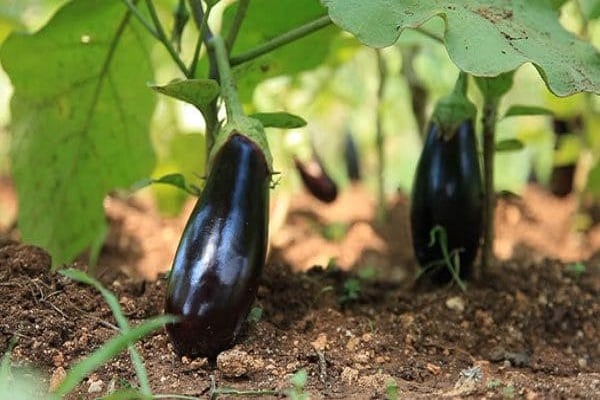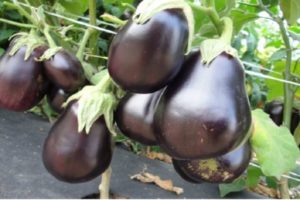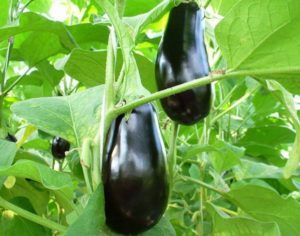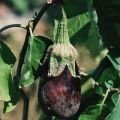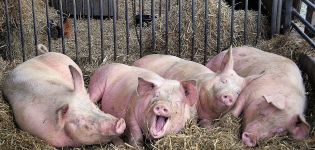Description of the Robin Hood eggplant variety, its characteristics and yield
Culture is not widespread among summer residents. Her fans and admirers choose varieties that suit them in all respects. One of the representatives of this vegetable, Robin Hood, is an eggplant that breaks records for taste among its kind.
Description and characteristics of Robin Hood eggplant
In order to correctly position the plant on the site and avoid mistakes when growing it, it is necessary to study the characteristic properties of the variety.

Bush:
- height: 70-90 cm;
- there are few side shoots;
- many ovaries;
- ripens in 90 days.
Vegetable:
- shape: pear-shaped;
- color: purple;
- weight: 300 g;
- length 20 cm;
- diameter: 9 cm;
- pulp: seedless, tender and without bitterness;
- the skin is thin.
Thanks to these characteristics, the Robin Hood eggplant variety is gaining recognition from summer residents and is gaining popularity.
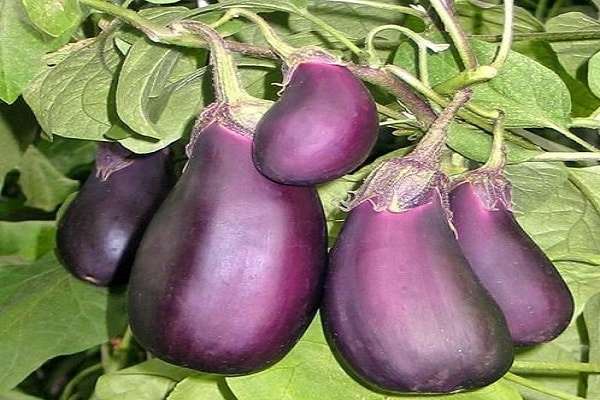
What are the disadvantages of the variety
The Robin Hood eggplant species has many positive properties. The variety has practically no minuses. On bushes with a small number of branches, a lot of fruits are tied, so it is imperative to tie the bushes to the supports. This is the only drawback of this type of eggplant. Preventive treatment against diseases and pests is also required.
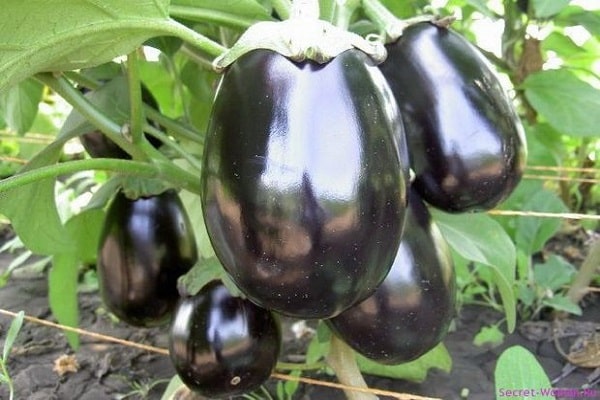
How to grow eggplant
A large percentage of the future harvest depends on how correctly agricultural technology is carried out. To do this, you need to study the information about when and how to properly grow a vegetable. If you follow all the recommendations exactly, it is possible to get the declared amount of fruit.

Landing dates
It is impossible to give a specific date for sowing eggplant seeds. The timing depends not only on the variety chosen by the summer resident, but also on the characteristics of the climate of the growing region. Another criterion taken into account is the method of cultivation, in the open field or closed, by direct sowing in the ground or by seedling.
When grown in a greenhouse by seedling, seeds are sown in the last decade of February. Provided that the finished seedlings will be planted in the greenhouse at the beginning of May.
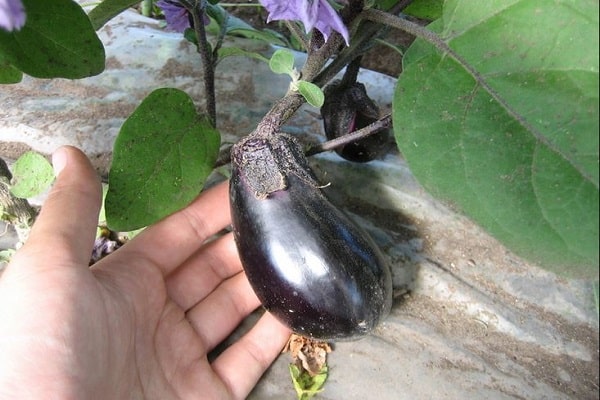
If the culture is grown in open ground, by seedling, then the seeds are sown in mid-March, planting in a permanent place in early June.
If the greenhouse is well heated, then sowing begins at the end of January in order to get an earlier harvest. It is impossible to name a specific date, it all depends on the choice of the summer resident.
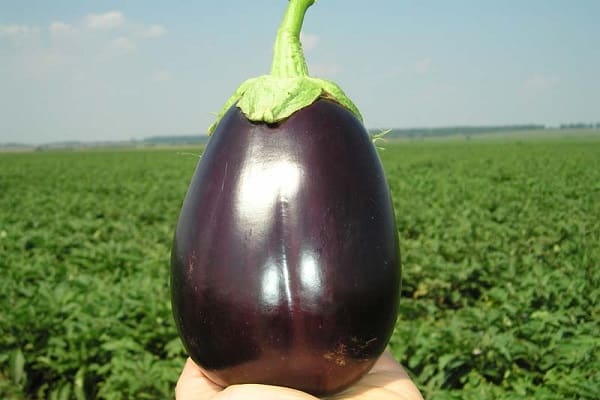
Planting seeds
When planting eggplant seeds it is necessary to follow simple recommendations, and the plant will delight with the results.
Planting material for sowing is taken 2 years old, no less. And the germination of such seeds is excellent, and the yield is high.
Fertile soil is prepared, watered and grooved. The planting material is immersed in a weak solution of potassium permanganate for 30 minutes. After it is washed with running water and allowed to dry, then sown. Seeds are sealed to a depth of 2 cm. Then they are tightened with polyethylene and placed in a warm dark place until shoots appear. This takes from 10 to 14 days.
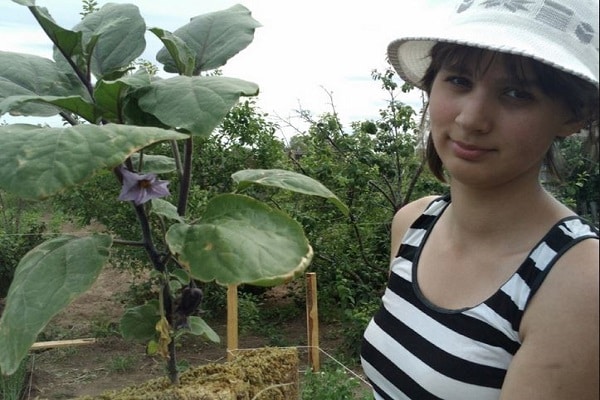
The optimum temperature for germination is + 22 ... + 25 ⁰С, after the emergence of seedlings, reduce it to + 13 ... + 15 С. In 3-5 days, the root system will form, and the temperature is raised again to +25 ⁰С.
Eggplant seedlings do not tolerate diving. Therefore, it is advisable to place it in separate pots. And transplant immediately to a permanent place.
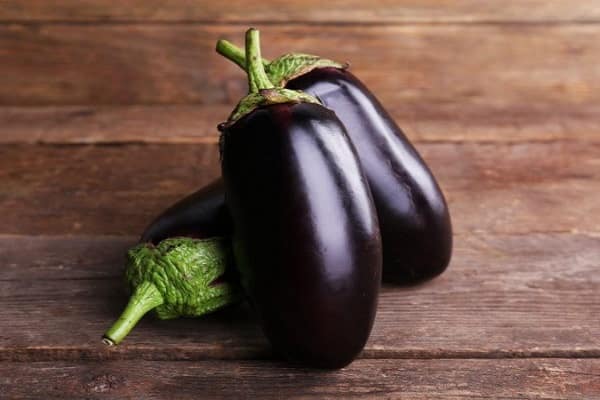
Soil preparation
In order for plants to develop and grow well, you need to make fertile land for them. The site is chosen suitable, on the sunny side and closed from the wind.
You should not rush to plant in open ground, the culture is susceptible to night frosts. If there is a decrease in temperature, it is better to play it safe and cover the sprouts with a covering material.
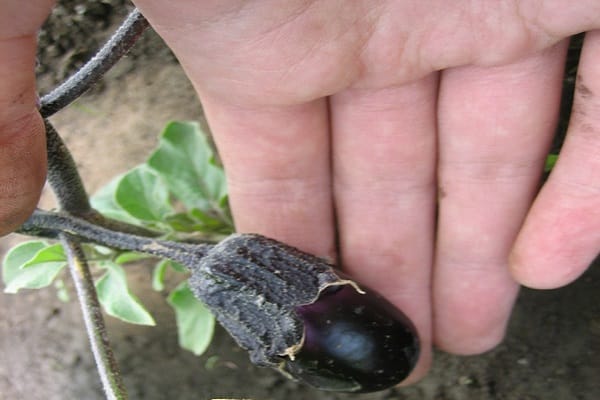
The soil for the beds should be fertile and loose. With a lack of nutritional components, humus is added, at the rate of 3-4 kg per 1 m2... If necessary, add complex mineral supplements.
To ensure the looseness of the beds, river sand, peat or humus are added to it. The earth is mixed and holes are prepared for planting.

Sprout care
After the seedlings begin to rise, it must be watered, avoiding drying out and waterlogging. Water in moderation, several times a week.
Feed with complex fertilizers to support the plants. The most essential elements are:
- nitrogen;
- phosphorus;
- minerals.
When yellow leaves appear, they are removed.

Transplanting
Before planting plants in a permanent place, you need to make sure that the plants have 5-6 leaves.
In advance, for 7-10 days hardening is carried out. The seedlings need to get used to the sun and cold air and wind.
The containers are well watered and begin to be transferred to the beds.
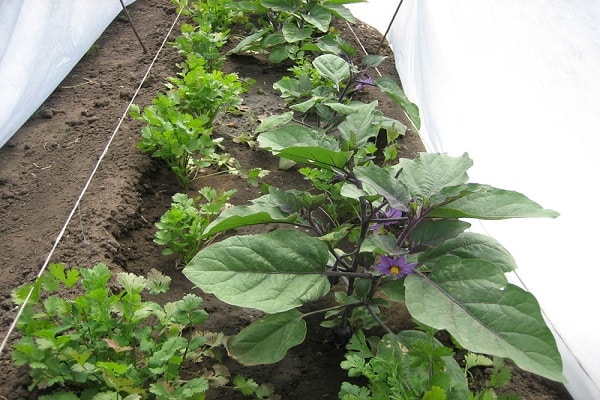
Crop care rules
After the completion of the transplantation process, further care of the plants is carried out. They should be watered, fed and shaped in a timely manner. In gratitude, the plant will repay the declared harvest volume.
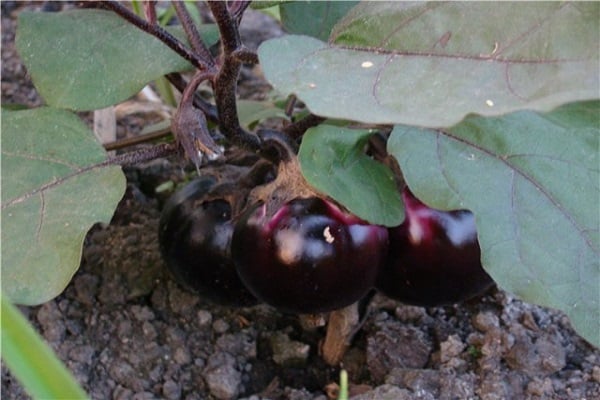
How to water
The rates and timing of watering depend on where the eggplant is grown, in a greenhouse or open field, and weather conditions.
Water abundantly 1-2 times a week, before flowering. Then increase to 3 waterings for 7 days. You can water less often, but more abundantly. If the weather is rainy, then watering is reduced to 1-2 times every 10-15 days.
Growing in a greenhouse, you should strictly observe the temperature regime.

How to feed properly
To improve the conditions for the growth and development of the culture, top dressing is carried out. Use organic fertilizers or store-bought complex mineral compounds.
Experienced summer residents recommend using a natural mixture. You will need:
- straw;
- stalks and roots of nettles;
- legumes;
- compost soil;
- wood ash.
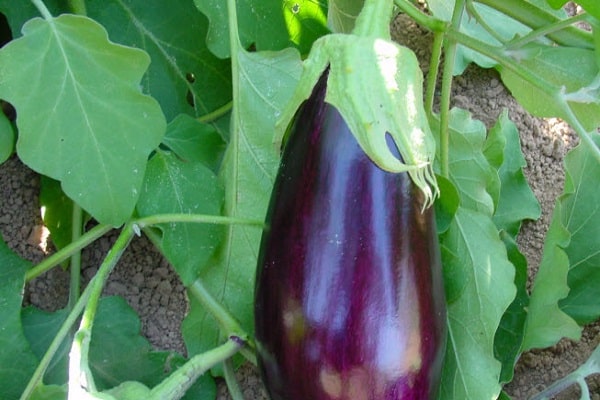
All this is chopped and folded into a container, filled with water at the rate of 1 part of the chopped mixture to 3 parts of water and infused under polyethylene or a lid. The mixture must be mixed several times. Water the ground around the eggplants, you can not pour at the root.
After transplanting, Robin Hood eggplant plants stop growing, do not be afraid. This is a normal response to stress.
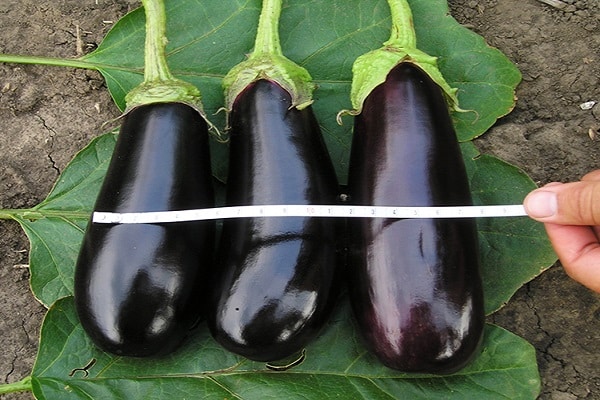
Bush formation
To increase the yield, it is recommended to shape eggplants. When the height of the bush reaches 25 cm, the growth point is removed from them. This stimulates the growth of side shoots.From the stepchildren, you should also choose the strongest in the amount of 6 pieces, remove the rest.
After carrying out the main work, it remains to observe the plant, timely removing yellow leaves, fruits with obvious signs of deformation and shoots on which there are no fruits.
The peculiarity of the variety is that it is not able to hold heavy branches with vegetables. They must be tied to supports.
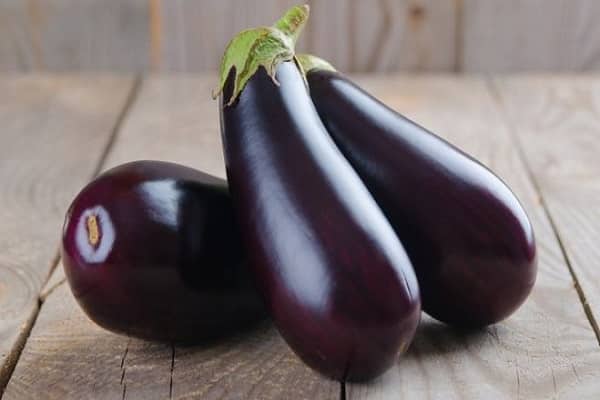
Pest control
Eggplants, as members of the Solanaceae family, most often suffer from attacks by the Colorado potato beetle. They fight them with chemicals or folk. It is recommended to use methods without the use of chemicals. The disadvantage of such methods is in short duration and multiple repetitions. But nothing harmful to the human body is deposited in the fruit.
Chemicals are more effective and longer lasting, harmful substances accumulate in the plant and are transferred to vegetables.
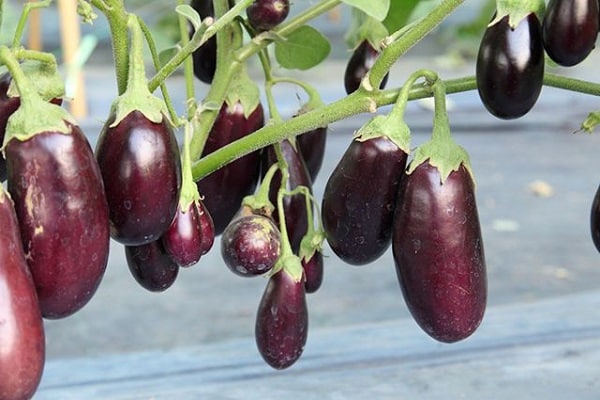
For small areas, the following mixture will help:
- 1 part slaked lime;
- 2 parts wood ash;
- 1 part tobacco dust.
Everything is mixed and scattered between the rows with plantings.
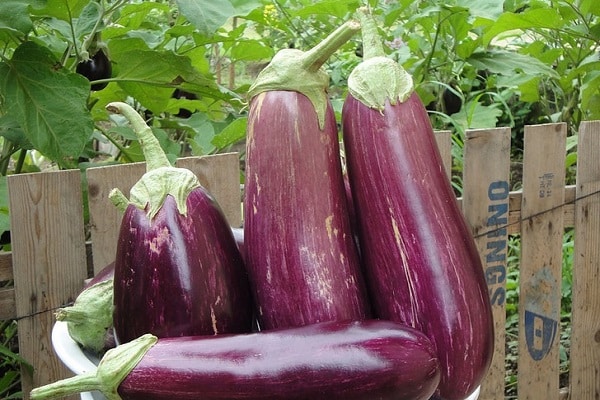
Disease protection
The best defense is competent prevention. It consists in processing the soil, planting material and observing crop rotation.
Eggplants are prone to the following diseases:
- black leg;
- late blight;
- gray rot;
- mosaic;
- post.
Processing is carried out in a timely manner, such means are chosen that have the least effect on the plant itself, quickly decompose and do not remain in the fruits of eggplants.
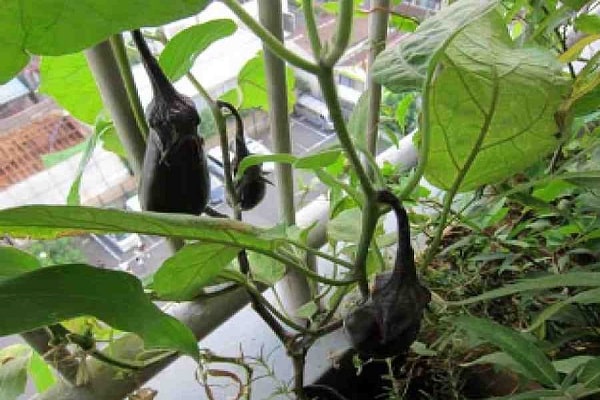
Collection and storage
It is difficult to determine the degree of maturity by the appearance of the vegetable, therefore, they are guided by the length of the fruit.
Another way to find out if the eggplant is ripe or not. You should press on the fruit, if the dent does not straighten for a long time, it means that it is not yet ripe. If it levels off quickly, carefully cut the eggplant using garden shears.
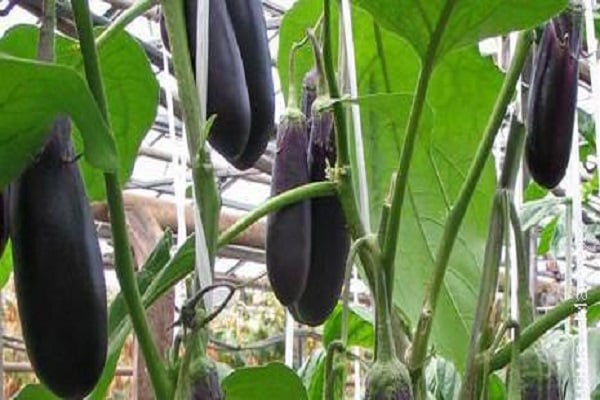
Eggplants are kept fresh, for this they are shifted with straw and stored in a dark, cool room. Thus, the vegetable is stored for 1-2 months.
For longer storage, eggplants are cut into rings and hung to dry in a cool, dry, well-ventilated area.
Robin Hood is suitable for any method of pickling or pickling. Perfectly preserves flavor and nutritional composition.
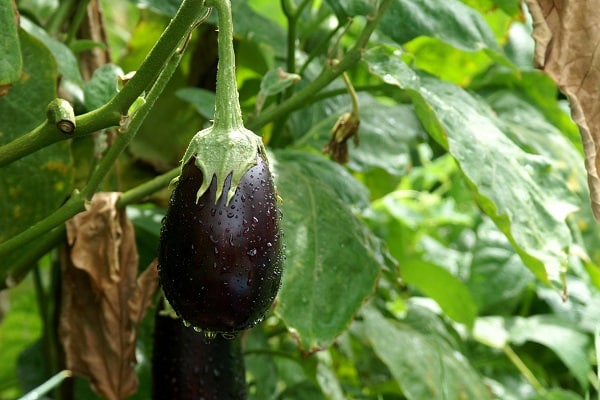
Reviews of summer residents about the Robin Hood eggplant variety
For information, beginners are looking for reviews from experienced vegetable growers. The comments contain useful information about the peculiarities of the care and cultivation of this crop variety:
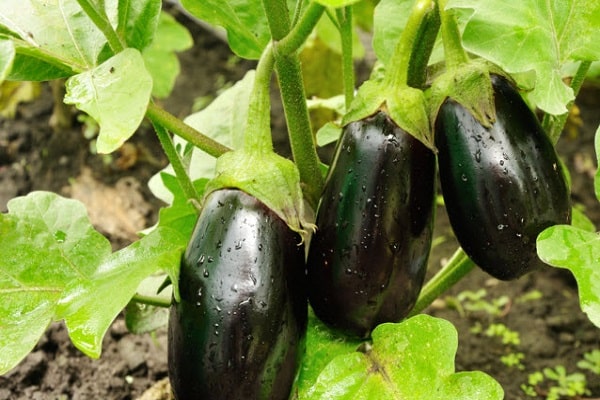
- Evgeniya: “I have never grown eggplants myself. The neighbor gave me a couple of Robin Hood bushes. Planted in May, a month later the first harvest was taken. The taste is excellent, they made caviar and even dried it. The next year, inspired by the results, we decided to prepare the garden and plant the vegetable ourselves. "
- Anton: “I started my first growing experience with Robin Hood eggplants. Grown in seedlings. I sowed the seeds in February. Since the culture is light-loving, I organized additional lighting. When 56 leaves appeared on the plants, I planted them in a greenhouse. He looked after well, fertilized, sprinkled the aisle with ammonium nitrate. After 30 days, the first crop was taken. In the vegetable stew loved by the whole family, eggplants proved to be excellent, no bitterness. I plan to grow in the open field next year. "
- Maria: “I love Robin Hood for germination and yield. The bed is 6 m long, 0.6 m wide, I place 20 bushes. I grow seedlings myself, from one plant I get 2 kg of vegetables. I'm not looking for a replacement, it suits me completely. "
It's easy to grow Robin Hood eggplants, they are undemanding to the composition of the soil. Perfectly adapt to any climatic features of the region.
